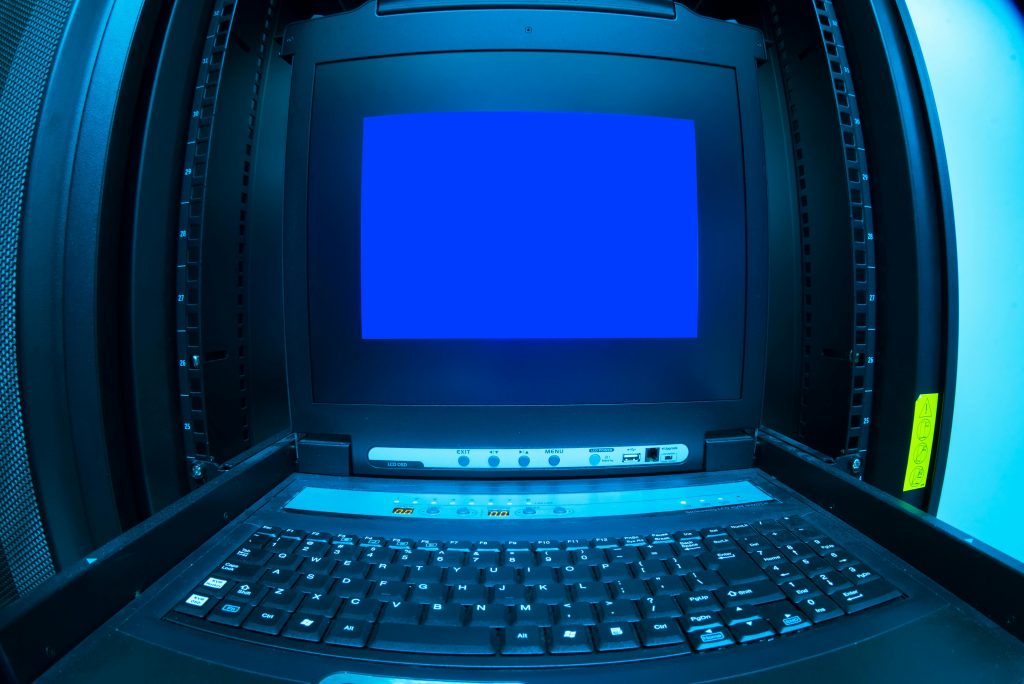Understanding and Resolving Frame Rate Fluctuations on the Dell Inspiron 15 for Gaming and Creative Use
Introduction
The Dell Inspiron 15 series is a versatile laptop often chosen by users who combine creative tasks with casual gaming. However, some users encounter stability issues like unexpected frame rate stutters during gameplay, which can hinder the user experience. This article aims to explore potential causes of these performance fluctuations and provide guidance on troubleshooting and resolving such issues.
Identifying the Issue
Many users report a recurring cycle of frame rate drops while gaming on the Dell Inspiron 15, with gameplay initially smooth at around 60 FPS but then experiencing sudden dips to approximately 3-4 FPS before returning to normal. These stutters typically occur after a few minutes of gameplay and can repeat cyclically, undermining gaming performance.
Sample User Scenario
Consider a user with the following setup:
- Model: Dell Inspiron 15 (creator/gaming configuration)
- Processor: Intel Core i7-13620H (13th Gen, 10 cores, up to 4.9 GHz)
- GPU: NVIDIA GeForce RTX 3050 Laptop GPU (6 GB VRAM)
- RAM: 16 GB DDR5 (approximately 15.7 GB usable)
- Storage: 1TB NVMe SSD
- Operating System: Windows 11 64-bit
They observe that during light gaming (titles like “Peak,” “Farming Simulator,” or “Lethal Company”), the frame rate initially runs smoothly but then drops dramatically after some minutes, with occasional recovery, forming a cyclical pattern.
Potential Causes and Troubleshooting Steps
-
Thermal Management and Throttling
-
Observation: The GPU usage is high (90-95%), with temperatures around 66°C, indicating active thermal management.
- Action: Check the system’s thermal profile. While 66°C is generally acceptable for GPUs, prolonged high temperatures can trigger thermal throttling. Use hardware monitoring tools (e.g., HWMonitor, MSI Afterburner) to verify if CPU or GPU throttles during gameplay.
-
Solution: Ensure proper ventilation, clean dust from vents, and consider using a cooling pad. If thermal throttling is confirmed, adjusting fan profiles or limiting background processes may help.
-
Power Management Settings
-
Observation: The laptop is set to the “Balanced” power plan, which may limit performance.
- Action: Switch to the “High Performance” power plan in Windows power settings to allow
Share this content:



